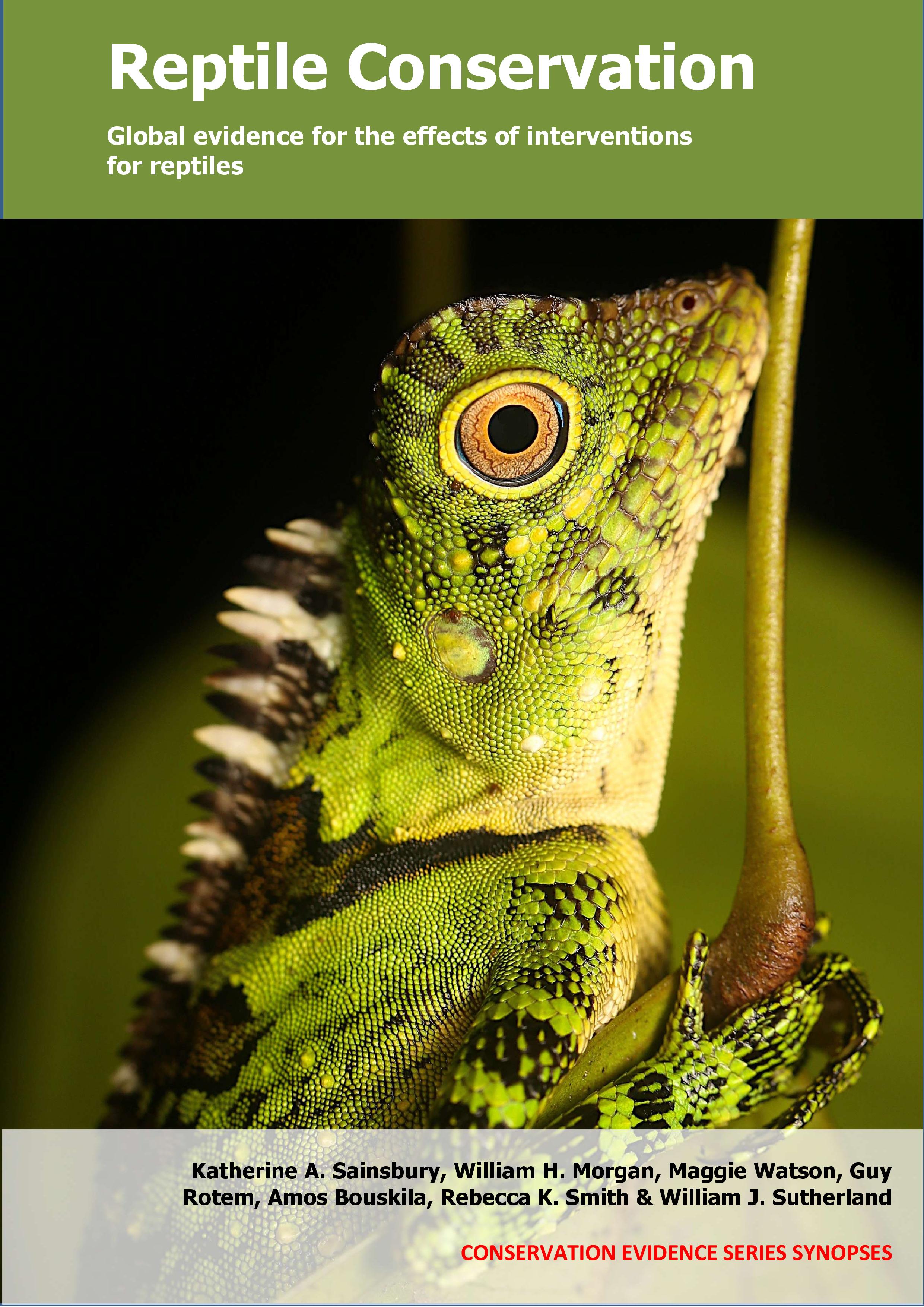Install escape devices on fishing gear: Tortoises, terrapins, side-necked & softshell turtles
-
Overall effectiveness category Awaiting assessment
-
Number of studies: 3
View assessment score
Hide assessment score
How is the evidence assessed?
-
Effectiveness
not assessed -
Certainty
not assessed -
Harms
not assessed
Study locations
Supporting evidence from individual studies
A replicated, controlled study (years not provided) in a pool, lake and creek in New South Wales, Australia (Lowry et al. 2005) found that adding an escape ring to a carp Cyprinus carpio trap allowed most short-necked turtles Emydura macquarii to escape. In escape trials, 85 of 120 turtles (71%) escaped within 90 minutes and 92 of 120 turtles (77%) escaped within four hours. Smaller turtles (average straight carapace width 17 cm) were more likely to escape than larger turtles (average width 19 cm). The average time for escapes was 63 minutes for centre-placed exits and 92 minutes for end placed exits. Very few carp escaped through the turtle exit during escape trials (14 of 120, 12% of fish escaped) and the authors reported that numbers of carp caught/day indicated that few carp were escaping through the turtle exit in fishing trials (see original paper). Cylindrical (90 cm diameter x 170 cm long) mesh carp traps were used modified with a 23 cm escape ring on the upper trap surface, either in the centre or at the opposite end to the entrance (which was closed for the experiment). A mesh platform was placed under the escape ring to aide turtles exiting. Ten individually-marked turtles were randomly selected to take part in six trials of each trap type. Turtles were placed as a group in the trap, submerged for 4 h and escapes recorded. The traps were also tested for carp escapes in a lake (escape trials) and creek (fishing trials).
Study and other actions testedA replicated, randomized, paired, controlled study in 2006 along a river in Missouri, USA (Fratto et al. 2008) found that hoop nets modified with either a chimney or loose-weave mesh escape device caught fewer turtles than unmodified hoop nets in a catfish fishery. Modified hoop nets caught fewer turtles (chimney: 27 turtles caught in 13 of 49 nets, loose-weave mesh: 27 in 17 of 50 nets) than unmodified nets (166 in 33 of 50 nets). Thirteen of 27 turtles (48%) died in chimney-modified nets and 11 of 26 turtles (42%) died in loose-weave mesh modified nets compared to 101 of 166 turtles (61%) in unmodified nets (results were not statistically tested). Fewer target channel catfish Ictalurus punctatus were caught in modified nets (chimney: 8 individuals, loose-weave: 4) compared to unmodified nets (44 individuals). Numbers of flathead catfish Pylodictis olivaris caught in chimney-modified nets were similar (11 individuals) but numbers caught in loose-weave mesh modified nets were lower (1) than numbers caught in unmodified nets (26). Unmodified hoop nets (six hoops, 90 cm maximum hoop with 38 mm mesh, 3.7 m long) and hoop nets modified to allow turtles to escape with the addition of a section of larger loose-weave mesh or an escape chimney were deployed in pairs along four river stretches in May–July 2006 (50 unmodified nets, 49 chimney nets, 50 loose-weave nets) using a randomized block design. Nets were set for 48 hours at a time over nine weeks. The catch of turtle and commercially targeted catfish species was recorded.
Study and other actions testedA replicated, randomized, paired, controlled study in 2010–2011 in a freshwater lake in eastern Ontario, Canada (Larocque et al. 2012) found that adding an escape chimney to fyke nets increased the escape rate of painted turtles Chrysemys picta and reduced the escape rate of fish compared to modifying nets with a large hole. More painted turtles escaped from fyke nets modified with escape chimneys (10 of 10 turtles escaped) compared to fyke nets modified with a large hole (12 of 20 turtles escaped). The proportion of fish escaping was reduced in escape-chimney nets (0.13 fish/24 hr) compared to large-hole nets (0.77 fish/24 hr). Escape rates of turtles and fishes were tested in modified commercial seven-hooped fyke nets set in a shallow warmwater lake (788 ha, nets set to 1.5 m depths) in April–June 2010–2011. Two nets were modified with either an open-topped chimney (a mesh tube 15 cm wide, 28 cm long and 28 cm tall) attached to the net between the 6th and 7th hoop (see original paper for details), or a large hole in the top (15 cm x 28 cm, typical of damage that occurs through normal fishing). Individual male painted turtles or fish Lepomis spp. were placed in the cod-end of a closed net for four hours (turtles) or 24 hours (fish) and escapes counted (turtles: 10 chimney trials and 20 large hole trials; fish: 10 chimney trials and 10 large hole trials).
Study and other actions tested
Where has this evidence come from?
List of journals searched by synopsis
All the journals searched for all synopses
This Action forms part of the Action Synopsis:
Reptile Conservation
Reptile Conservation - Published 2021
Reptile synopsis





)_2023.JPG)














